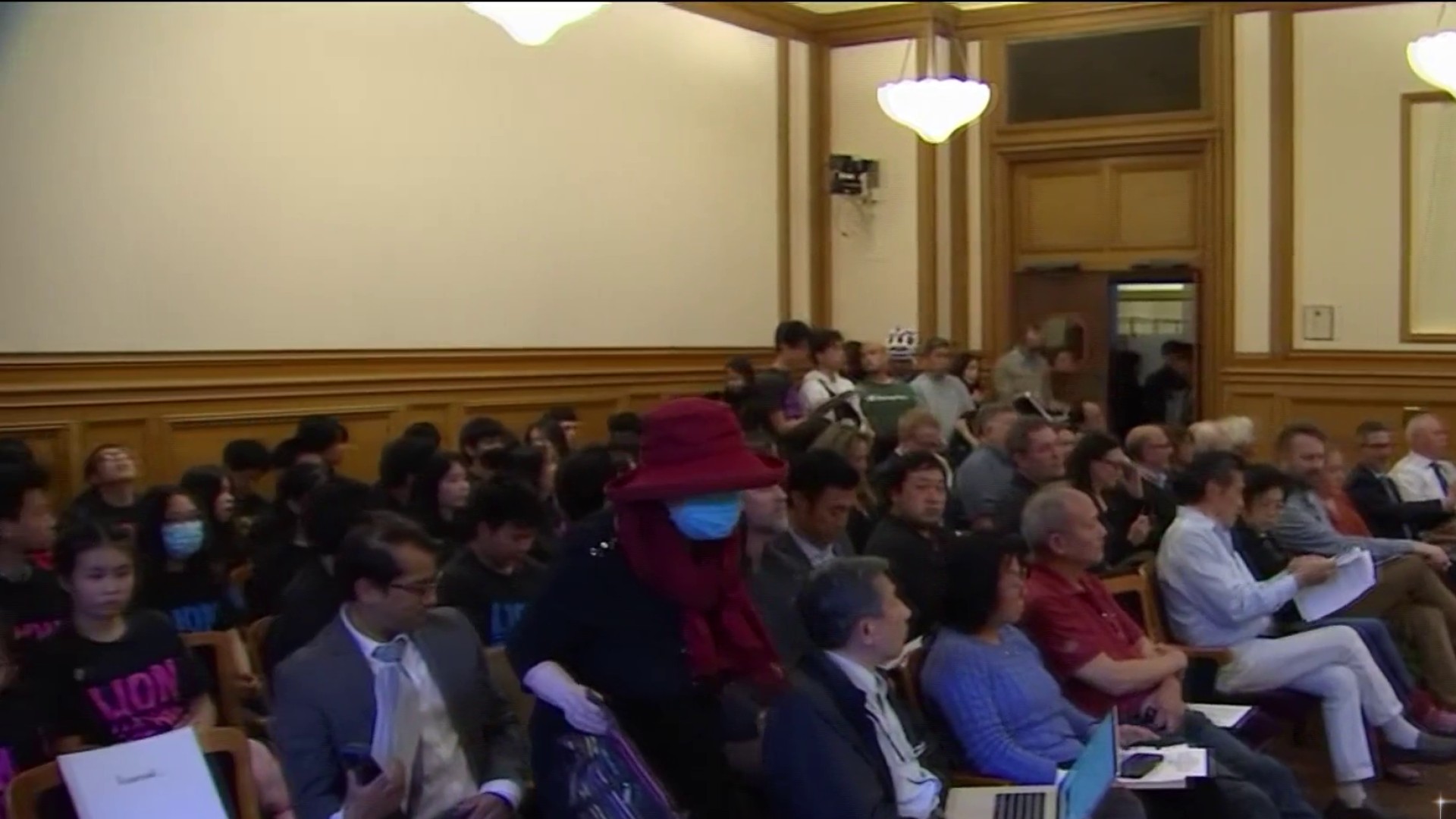A small but growing number of California community colleges have stopped participating in the federal loan program, cutting off these borrowing options for students out of fear that rising student loan default rates could lead to sanctions.
Some 16 colleges have stopped disbursing the loans, and at least one more school – Bakersfield College – is considering ending its participation in the program. That makes California home to more students without access to federal loans than any other state, according to data collected by the Institute for College Access and Success, an Oakland-based nonprofit.
College officials say they stopped participating in federal loans because they were worried that an increase in student loan defaults would jeopardize their ability to offer federal grants. Colleges where students default on federal loans at high rates for several years in a row stand to lose eligibility for federal grants under sanctions issued by the U.S. Department of Education.
But some advocacy groups and student loan experts say the colleges are exaggerating the risk of sanctions and are unnecessarily pushing students toward more expensive and riskier borrowing options. They say colleges should work to improve their default rates rather than cut off federal loans for students.
“The community colleges in California are at virtually no risk to losing access to Pell grants due to default rates,” said Debbie Cochrane, research director for the Institute for College Access and Success. “Colleges often overstate the risk of being sanctioned due to default rates because they don’t understand that there are protections to avoid those sanctions.”
Sandy Baum, senior fellow at the Graduate School of Education and Human Development at George Washington University, said students who can’t borrow federal loans will use their credit cards or go to private loan markets, where interest rates are higher and the consequences of default are more severe.
“If their default rates are too high, they should figure out why and do something about that, but depriving students of access to those loans is not the best solution,” said Baum, who is also an independent higher education policy analyst.
Local
Two of the three colleges in the Kern Community College District in the southern Central Valley – Porterville College and Cerro Coso Community College – already have pulled out of the federal loan program. The district's board of trustees is considering the same move at its third campus, Bakersfield College.
Of the 1,200 students who borrowed using federal loans at Bakersfield College and started repaying them in 2009, some 28 percent defaulted on those loans within three years, according to district spokeswoman Amber Chiang.
That figure concerned trustees because colleges could lose access to federal grants and loans if that rate hits 30 percent for three years in a row beginning in 2014.
“So many of our students are reliant on free federal aid that we don’t want to make it a gamble,” Chiang said.
But under the federal Higher Education Opportunity Act, colleges where only a small percentage of students borrow with federal loans can successfully appeal these sanctions. Most community colleges have low borrowing rates and would successfully escape the sanctions, according to an April 2011 report [PDF] by the Institute for College Access and Success.
"That organization says, 'You offer so few loans, you won’t be sanctioned,' and our response is: Why would we risk it?" Chiang said.
When the Kern Community College District board of trustees took up the federal loan issue in July, representatives from the institute, as well as representatives from the California Community College Association of Student Trustees and the Student Senate for California Community Colleges, spoke out [PDF] against the plan to pull out of the program. Trustees tabled the decision and will hold a work study on the topic this year.
About 3 percent of California community college students borrow using federal loans, in part because tuition is low and many students get grants. Still, Cochrane said, federal loans can help students bridge gaps – by allowing them to cut down hours at work so they can attend full time, for example.
And the dollars add up: According to data from the California Community Colleges Chancellor’s Office, California community college students took out $328 million in federal loans in 2010-11.
Chaffey College in Rancho Cucamonga stopped disbursing federal loans in 2010 because of concern about the growing default rate, said spokeswoman Peggy Cartwright. She said she did not have any data on whether more students had turned to private loans since that decision was made.
“Those are private things that students do on their own,” she said.
The U.S. Department of Education measures default rates as a way to hold colleges accountable. If all the students at a particular college are receiving federal aid and are unable to pay their loans, it would suggest that the government isn’t getting a good return on its investment.
A new report [PDF] from the Institute for College Access and Success looks at how some districts are helping students borrow responsibly – allowing them to pay for college while also staying afloat financially. Many students default on loans because they never completed the college program for which they borrowed money.
The report notes that some colleges are trying to counsel students who take the minimum number of units but borrow as much money as a full-time student. Others use budgeting worksheets so students can better determine how much they need to borrow.
“Our goal is to make sure that colleges keep their concerns … in perspective and consider ways to have thoughtful loan practices to help students avoid default in the first place,” Cochrane said.
The following California community colleges do not participate in the federal student loan program:
- Barstow Community College
- Cerro Coso Community College
- Chaffey College
- Columbia College
- Crafton Hills College
- Imperial Valley College
- Lake Tahoe Community College
- Merced College
- Modesto Junior College
- Mt. San Jacinto Community College District
- Oxnard College
- Palo Verde College
- Porterville College
- San Bernardino Valley College
- Taft College
- Victor Valley College
Source: The Institute for College Access and Success
View this story on California Watch
This story was produced by California Watch, a part of the nonprofit Center for Investigative Reporting. Learn more at www.californiawatch.org.



